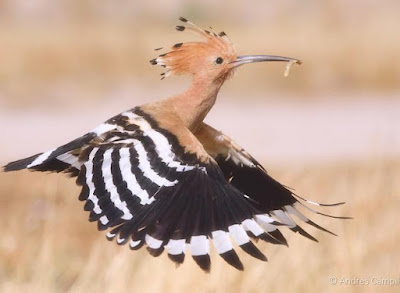In a 2019 paper Mark-Olivieri Rondu provided a very detailed theory explanating the scalariform symbol group in the cave of La Pasiega in France. He based this interpretation on agricultural symbolism which is just impossible given the dating of the symbol. “In 2018 uranium-thorium dating revealed a scalariform (ladder-shaped)symbol to be older than 64,000 years and therefore made by Neanderthals.” (Wikipedia) (see RockArtBlog for 5 February 2022, “DATED NEANDERTAL CAVE ART PROVIDES A NEW CANDIDATE FOR OLDEST ROCK ART”).
In 1913 Abbe Henri Breuil published his study of La Pasiega, designating the vertical arrangement of three rectangles with partial zoomorphs indicated in the top and bottom rectangle “la Trampa,” the trap. “On the panel 78, gallery C, a composition called by Breuil et al. ‘la Trampa’ (The Trap) is composed of a rectangular shape made of red lines called a scalariform pattern which shelters two uncomplete (sp) representations of animals considered here to be a pregnant sow in the rectangle on top and below, the first half of a reindeer female. Both animals are separated by an empty space. On the upper left angle, close to the sow’s back, two groups of semi-circular dotted lines caps the scalariform shape.” (Rondu 2019)
“Semi-circular dotted lines compose a single representation of a time continuum in accordance with the angle made by the sow and the induced position of the sun at the horizon. The first ‘unfinished’ group of semi-circular dotted line is made of 46 dots associated to the timing in hours of the sow rut (usually lasting between 48 and 72 hours) during the last phase of equinox of autumn. The equinox is represented by the angle made by the unfinished semi-circular group, the animal and the horizon. The second semi-circular dotted line is longer and almost perfectly semi-circular. It is composed of 103 dots coinciding with the sow’s gestation period during winter. The angle made by the sow and the semi-circular dotted line marks effectively the angle of the sun during the winter solstice. The perpendicular position of the semi-circular dotted lines in comparison to the scalariform pattern gives the cardinal directions, making the ladder shape and east-west perspective where animal are turned to North (sow) and south (reindeer). The convergence of semi-circular dotted lines representing the equinox and solstice is highly probably marking the West.” (Rondu 2019)Although he may be correct on the sow’s rut cycle lasting two to three days, the statement that a sow’s gestation period is 103 days may not be correct. Sources that I consulted all agree that swine gestation lasts for 114 days ± 2 days. It is, of course, possible that wild boars 64,000 years ago had a different gestation period but, were that the case, Rondu cannot know this any more than I can.
I am highly skeptical that the Neandertals of 64,000 years ago in France were using plows pulled by reindeer to cultivate fields of wheat. Indeed, I will go so far as to say that is impossible. But what if the picture of the plow was added later, you say? Simple, then he does not get to call this part of the 64,000 year old composition – end of story. In summation, I believe that Marc-Olivier Rondu has misinterpreted this composition based upon some erroneous facts as well as a healthy imagination. What is so lively about the study of rock art is the range of interpretations that people bring to it, but, to paraphrase Bernard Baruch “He is entitled to his own opinions, but not his own facts”.
NOTE: Some images in this posting were retrieved from the internet with a search for public domain photographs. If any of these images are not intended to be public domain, I apologize, and will happily provide the picture credits if the owner will contact me with them. For further information on these reports you should read the original reports at the sites listed below.
REFERENCES:
Ard (Plough) History, https://findatwiki.com/Ard_(plow), accessed 18 April 2022.
Rondu, Marc-Olivier, 2019, The Most Ancient Astronomical Representation of the Earth-Moon System Was Still Anchored in the Cantabrian Magdalenian Stylistic, Paris, www.academia.edu
Swine Gestation Table, https://nationalswine.com/resources/docs/Swine-Gestation-Table.pdf, accessed on 15 April 2022.
Wikipedia, https://en.wikipedia.org/wiki/Cave_of_La_Pasiega,
accessed on 15 April 2022.





.png)






%20Seth%20Eastman,%201873.jpg)











